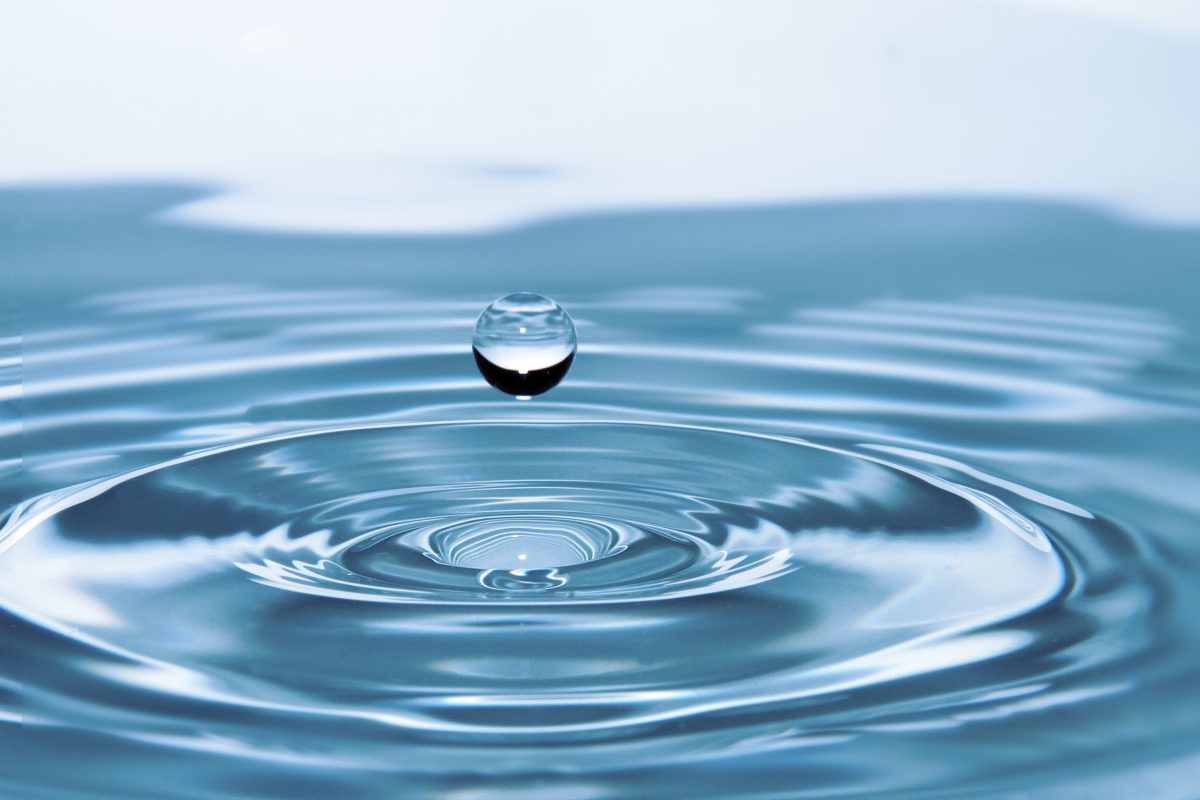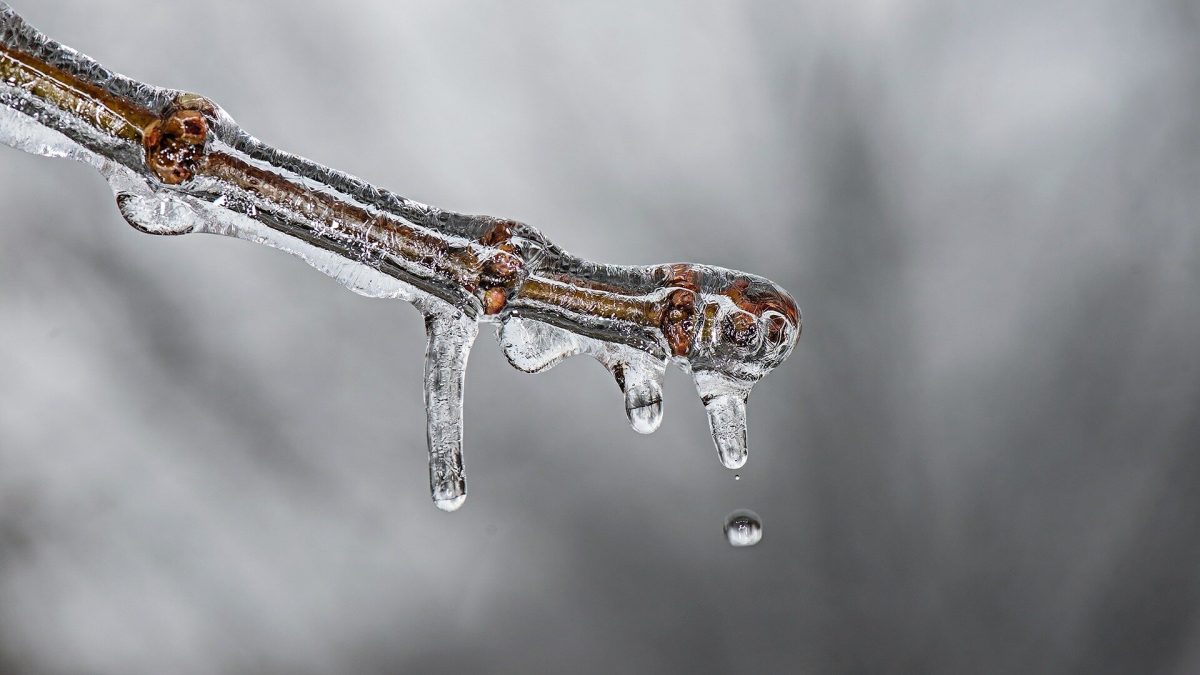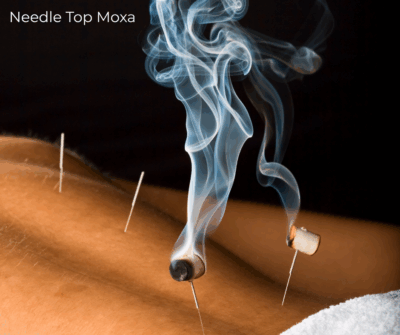Managing Your Chronic Pain
Cassandra Krug, L.Ac., Dipl. O.M.
Welcome to Winter! In Chinese Medicine winter is a reflection of the most “yin” of the seasons. Yin is a time of darkness, coldness, slowness, and inward reflection of energy. It is a time when our days are short, cold, and dark. The earth appears still and animals go into hibernation. It is in this stillness and inward reflection where meditation, qi gong, or tai chi can be utilized to build up our energy stores for the upcoming year. In Chinese Medicine the organ systems associated with the element of Water are the Kidneys and Urinary Bladder, which control water metabolism.

In Chinese Medicine the kidneys store our vital “essence” or “Jing”, the most fundamental substance of our being. The Kidneys are responsible for reproduction, growth, and aging. It is said that the Kidneys open into the ears, so hearing is closely related to kidney health. The kidneys manifest in our hair, and a depletion of kidney “Qi” or energy can also lead to more brittle and drying hair. In addition, the Kidneys control the bones, teeth, and marrow.

Strong Kidney Qi is imperative for strong and healthy bones. The emotion associated with the Kidney is fear. When the Water element is in balance, the fear response keeps us safe and alerts us to situations of danger. When out of balance, fear can lead to crippling anxiety. As we age our bodies begin to lose water, leading to dryness. The winter time, and the high time of the Water element, is a time to nourish our Kidney stores to promote healthy aging.
In winter as the water starts to freeze. It may seem like the earth becomes still or “stagnant,” the same is true for our bodies. In our acupuncture practice, as the temperature turns cold, and the seasons change, we see an increase in patients coming in to treat their pain. Chronic pain is often aggravated by cold weather, especially in cases of arthritis and headaches. While ice or coldness can be beneficial in an acute or inflammatory stage; it is also constricting, meaning it decreases blood flow and often increases pain in chronic situations. If you think of Boulder Creek in the winter, it appears frozen, or unmoving. This creates stagnation. In Chinese Medicine, if there is stagnation, there is also pain. Acupuncture can help improve circulation, and combat pain. Chronic pain is also exacerbated by our daily stressors, anxieties, and fears.

Chronic pain is often due to structural changes that have already taken place, such as; stenosis (spinal stenosis is a narrowing of the spaces within your spine, which can put pressure on the nerves that travel through the spine), nerve damage, herniated discs, or arthritis. While acupuncture is not going to reverse the structural changes that have already taken place, it is going to decrease inflammation in the injured areas and provide adequate blood flow for healing. The decrease in inflammation can take pressure off the nerves and give relief from numbness, tingling, burning, or pain associated with the structural changes. It will also help stop the progression of arthritic changes. In Chinese medicine chronic pain is often due to “blood stagnation” or “cold accumulation”. Placement of the acupuncture needles will help to open the areas of stagnation by promoting circulation. It is also a common practice to burn moxibustion “moxa” (also known as mugwort) over certain acupuncture points or areas of pain. Moxa warms the acupuncture needle and surrounding tissue and penetrates deep into the tissue and joints to help warm the area and promote circulation in order to decrease pain. It is realistic to expect long term pain relief from acupuncture, but also expect to get regular acupuncture treatments, or maintenance treatments to manage pain and prevent further degeneration.
Acupuncture has been widely researched, especially in regards to its effect on pain relief. A recent study showed acupuncture can give greater and faster pain relief with fewer side effects than intravenous morphine when treating pain in the emergency room. (1). Multiple other studies have shown acupuncture to significantly decrease chronic low back pain when receiving acupuncture in comparison with traditional treatment or no treatment (2), (3), (4). Other benefits of acupuncture include increased range of motion with spinal flexion (5), and relief of numbness, tingling, and pain due to nerve impingement (6).
Acupuncture is a wonderful way to help you manage your pain. Chronic pain can make it difficult to get out of bed in the morning, enjoy short walks, comfortably do dishes at the sink, or participate in family activities from sporting events to picking up grandkids. We are here to help you manage long term pain so you are able to enjoy your life to the fullest.
For acute conditions such as a back strain from snow shoveling acupuncture treatments have quick results. When we are treating patterns of pain where there are boney, structural changes such as stenosis or disc herniation, some relief will be noticed early on, but longer lasting results will occur after a course of treatment. A course of treatment is typically six to ten treatments.
When people are coming in for care with a primary goal of reducing inflammation, they will also begin to notice improved sleep, digestion, and a sense of well-being. Acupuncture is a holistic approach to healthcare and preventative medicine.
Suggestions for the winter season:
· Rest
This is nature’s season for rest, repair, and restoring. Follow the cycle of the sun and retire to bed early as well as wake later. Sleep, relaxation, and meditation are important for regenerating your kidney qi.
· Reflect your energy inwards
Use the energy of the season to discover more about yourself through reflection and self-awareness. Sit by the fire, read books, connect with yourself through meditation, qi gong, or an energy practice that resonates with you. Discover, explore, and connect with your fears.
· Choose “warming” foods.
Warming foods are full of nourishment for our bones, tissues, organs and muscles. They are easier for our bodies to digest than cold and raw foods. Try dishes made with whole grains, squashes, beans, peas, and root vegetables such as sweet potatoes, carrots, and garlic. Make soups, stews, and bone broths.
Below is a recipe we recommend to replenish your qi, blood, and vitality:
Chinese Herbal Bone Broth Soup Recipe
-
2-3 pounds raw bones (lamb, pork, beef, buffalo, poultry)
-
4-6 quarts water
-
2 tablespoons vinegar
-
1 teaspoon salt
-
1 onion (chopped)
-
1 carrot (chopped)
-
1 celery stalk with leaves (chopped)
-
3 garlic cloves
-
2 bay leaves
-
.25 ounces Angelica (Dang Gui) to improve immunity, tonify the blood, enhance circulation and decrease pain due to blood stagnation.
-
.25 ounces of Astragalus (Huang qi) to strengthen your immune system, improve energy, and tonify qi and blood.
-
.5 ounces Dioscorea (Shan Yao) to decrease inflammation, aid in repairing tissue, improve strength and regulate blood sugar.
-
3 slices fresh Ginger root (Sheng Jiang) to enhance digestion, stop nausea, promote circulation, and fight off pathogens.
-
.5 ounces Lotus Seed (Lian zi) to nourish the heart (decrease anxiety and irritability), promote brain health, improve energy and mental alertness.
-
.1 ounce Reishi mushrooms (Ling Zhi) to boost the immune system, improve sleep, decrease palpitations, improve memory, lower blood pressure, and regulate blood sugar.
Combine the water, bones, vinegar, and salt in a slow cooker and cook on low for 24 hours for poultry and 48 hours for larger and denser bones. For the last few hours of cooking add the onion, carrot, celery, garlic, bay leaves, and Chinese herbs. After cooking, let the broth cool and strain out the ingredients. Discard the bones, herbs, and if desired vegetables. Drink the broth for a nutrient dense boost. One cup per day is recommended. Enjoy! Note: if you do not have access to the Chinese herbs, bone broth on its own with the other ingredients is highly nourishing and restorative.
Works Cited
-
Baccouche H., Boubaker H., Beltaeif K., et al. Acupuncture vs intravenous morphine in the management of acute pain in the emergency department. (2016) American Journal of Emergency Medicine,34 (11) , pp. 2112-2116. https://www.ncbi.nlm.nih.gov/pubmed/27475042
-
Brinkhaus B, Witt CM, Jena S, et al. Acupuncture in patients with chronic low back pain: a randomized controlled trial. Arch Intern Med. 2006 Feb 27;166(4):450–457. https://www.ncbi.nlm.nih.gov/pubmed/17893311
-
Haake M, Muller HH, Schade-Brittinger C, et al. German Acupuncture Trials (GERAC) for chronic low back pain: randomized, multicenter, blinded, parallel-group trial with 3 groups. Arch Intern Med. 2007 Sep 24;167(17):1892–1898. https://www.ncbi.nlm.nih.gov/pubmed/16505266
-
Molsberger AF, Mau J, Pawelec DB, Winkler J. Does acupuncture improve the orthopedic management of chronic low back pain–a randomized, blinded, controlled trial with 3 months follow up. Pain. 2002 Oct;99(3):579–587. https://www.ncbi.nlm.nih.gov/pubmed/12406534
-
Grant DJ, Bishop-Miller J, Winchester DM, Anderson M, Faulkner S. A randomized comparative trial of acupuncture versus transcutaneous electrical nerve stimulation for chronic back pain in the elderly. Pain. 1999 Jul;82(1):9–13. https://www.ncbi.nlm.nih.gov/pubmed/10422654
-
Johansson KM, Adolfsson LE, Foldevi MO. Effects of acupuncture versus ultrasound in patients with impingement syndrome: randomized clinical trial. Phys Ther. 2005 Jun;85(6):490–501. https://www.ncbi.nlm.nih.gov/pubmed/15921471


